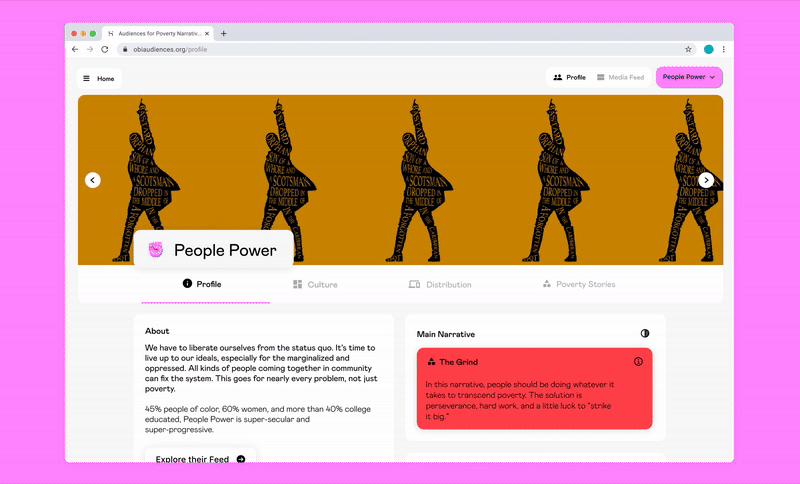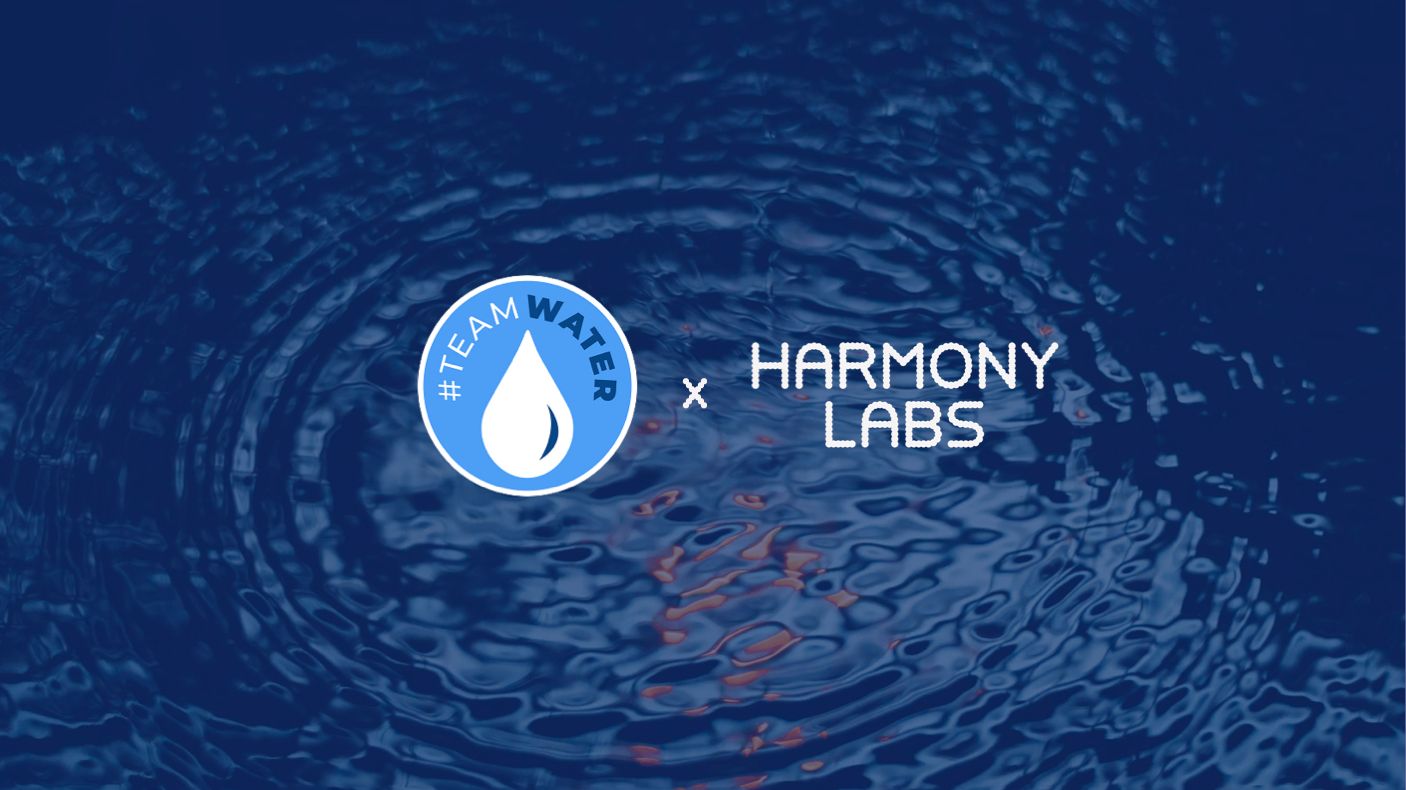Four Principles For Building Power in Media


2020-12-01
Understanding people’s media habits gives us a deeper view into who they are, the values they hold, and how to best engage them. So, whether you like K-Pop or UFC (or maybe what’s in your fridge?) can actually say a lot about how you see the world and the issues you care about.
For many professional communicators, audience segmentation is pretty standard stuff. Traditionally, demographics have served as a proxy for audience, because data about age, race, and gender are relatively easy to get. But, strategy for culture change requires understanding not just audiences’ demographics, but their cultures: the TV, news, games, music, food, film, and fashion people regularly engage with.
As digital media and cultural content have exploded in volume and variety, it’s become increasingly difficult to know where and how to reliably reach and engage audiences, and the traditional approaches just don’t tell us enough.
The people we want to reach don’t spend their time thinking about us and our issue. So what stories do they live inside? What voices do they value? How can we speak to them in ways that resonate? Using behavioral cultural consumption data — actual minute-by-minute records of what people watch and click on — allows us to know exactly the platforms, genres, and content specific audiences are actually engaging with, and to characterize engagement behaviors and content with respect to narrative and other important story dimensions.
In practice, our approach to audience analysis seeks to answer these core questions for storytellers:
Recently we launched a new website that takes this approach and aims to help organizations and media makers change the stories we tell ourselves about poverty and economic mobility in the U.S.
 Audience profiles at narrativeobservatory.org
Audience profiles at narrativeobservatory.org
This project is a deep-dive into 4 distinct audiences in the U.S. through the lens of the media they are encountering. For those interested in the data science behind this work, here’s how we did it:
To see what kind of stories and media this approach surfaces, step inside a “day in the media life” of one of these four audiences and explore the real-life media artifacts collected from 50,000+ Americans between January and October 2020.
Starting the storytelling process by getting to know your audience — particularly those audiences who don’t currently occupy a lot of the narrative space on an issue (because they’re busy with the things they care about) — gives us hints about the channels, influencers, and formats for stories that can move people. Using core values as the frame for understanding those audiences gives us a lot of hints about how to tell stories that engage and persuade those audiences.

In short, understanding your audience through their affinity for Tiger King or Hamilton, or through the lens of countless other cultural touchstones, will make for better stories.

If you want to find out what audience you are, we even created a nifty quiz to find out.
If you are a researcher who would like to access the data used in this analysis, and other datasets too, please consider becoming part of our research network. We’re always happy to geek out on methods, so please reach out to us to learn more about our models and how we do what we do. Special thanks to Pedro Sanches for the wonderful design work on this project.



